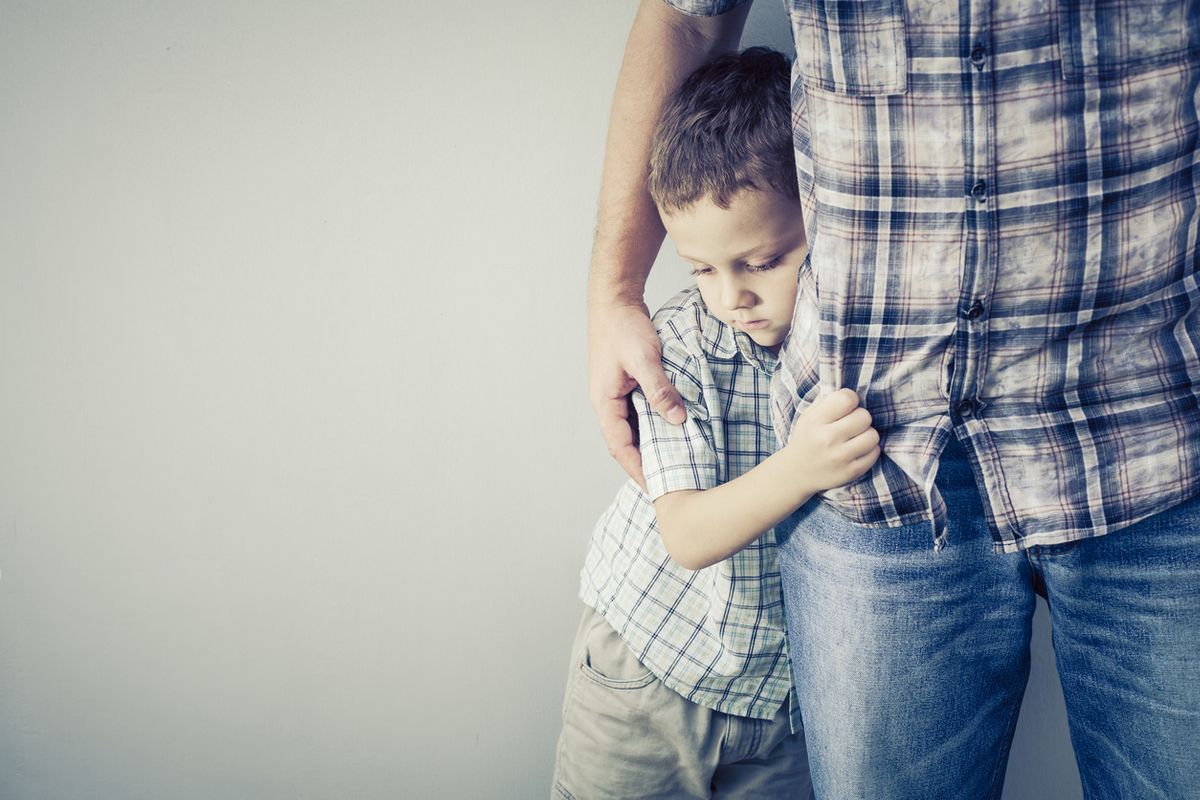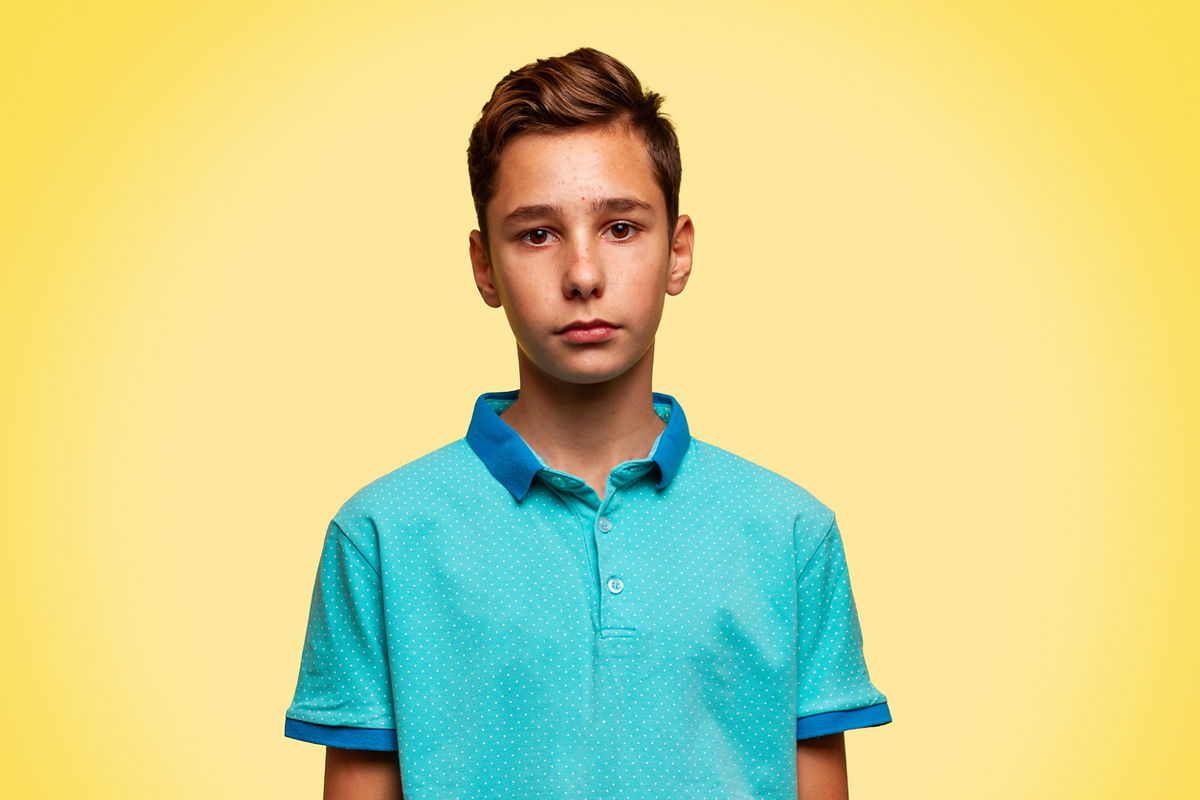A recent US Census survey showed that the number of children reported to have anxiety and depression increased between 2016 and 2020 by 26% nationally, with 1.5 million more children with anxiety and depression in 2020 than 2016.

Does My Child Have Anxiety?
Anxiety On the Rise
Since the pandemic, especially, there has been a significant spike in anxiety and depression among children. Dr. Chioma Okammor shares insight into what to look for, and when to ask for help.

A National Emergency
As we cautiously move toward a more normalized post-pandemic routine, it has become clear that our children, as a whole, have suffered significant impact from the past few years. Whether directly-related, or accented by the fall-out of unpredictability courtesy of quarantine, we have to acknowledge that we are indeed seeing an uptick in mental health concerns, including anxiety.
NPR Health reported on incoming American Academy of Pediatrics (AAP) president, Dr. Sandy Chung's perspective. In that article, she affirmed that we are truly in a crisis situation with mental health.
Fall 2021, the AAP, The American Academy of Child and Adolescent Psychiatry and the Children's Hospital Association issued a statement calling children's mental health a national emergency and recommending screening teens for emotional and behavioral problems like anxiety and depression. Fortunately, many pediatricians already include mental health screening for anxiety and depression.
The recommendations for standard screenings begin at age 8 - 18, however, signs of chronic anxiety can present much sooner. It's helpful to know what to look for and help distinguish between normal jitters and nervousness and ongoing anxiety.
What to Look For?
GENERAL ANXIETY VS. SOCIAL ANXIETY
According to the National Health Service and Michigan State University:
(source CNN Health)
- Difficulty Concentrating
- Bed wetting, Trouble sleeping, Nightmares
- Not Eating Properly
- Clinginess
- Lack of Confidence (to try new things or deal with simple, everyday problems)
- Avoidance of Everyday Activities (seeing friends or going to school or out in public)
- Inability to Talk in Social Situations
- Seeking Reassurance (continual questions to reconfirm their worries, such as exactly when and where to pick up from school, or weather concerns)
- Physical Symptoms (using toilet often; tearfulness; headaches; dizziness; lightheadedness; sweatiness; stomachaches; nausea; cramps; vomiting; fidgeting; or body aches--especially if they usually occur before an educational or social obligation.)
Social anxiety might show up when children are exhibiting these signs, according to Mayo Clinic, the National Social Anxiety Center, and Children’s National Hospital in Washington, DC:
- Refusing or avoiding to go to school
- Refusing to speak in social settings or using a soft or low tone
- Poor social skills, such not making eye contact
- Fearing or having difficulty with familiar tasks such as using public restrooms, speaking on the phone, giving public performances, eating in front of others, being called on in class, or being separated from parents
- Physical symptoms including fast heartbeat, trembling, trouble catching their breath, feeling their mind has gone blank and muscle tension
Communication Tips
In younger children especially, it can be challenging for them to articulate their feelings. Here are some suggested ways to frame your responses that won't feed fear and that help neutralize and narrate the situation:
- “That does sound hard. You are brave to try that.”
- "It's a challenge, and I'm glad that we can figure it out together."
Ask Your Doctor
Your child’s primary care provider can help understand the difference between what’s typical for the child’s age/developmental level and what could be cause for concern. At NxtStep Pediatrics, you can trust that we are here for you from the time they are learning to walk, through the school years, and as they prepare for adulthood. Don't hesitate to share your concerns with your pediatrician.
